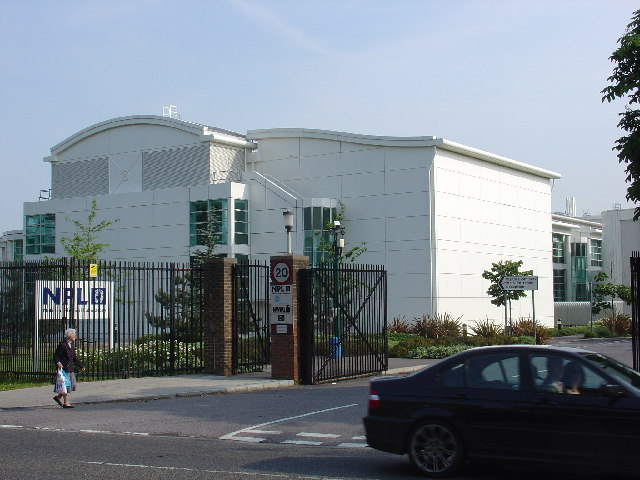The National Physical Laboratory (NPL) and Rolls-Royce SMR are partnering on a new project to investigate safe automated reactor operation for nuclear-powered Small Modular Reactors.
SMRs hold out potential for nuclear power generation at lower output expense than the sky-high costs of conventional plants such as Hinkley Point C. In SMRs’ development lies a need for automated data gathering and analysis, cutting down on lab testing & waste, as well as capital and operational expense.
A technique known as inductively coupled plasma tandem mass spectrometry underpins the parties’ intended explorations. It analyses samples of materials collected a variety of water chemistries within a Rolls-Royce SMR as an indicator of operating conditions within the reactor.
For several years NPL’s team of nuclear scientists have been working to develop traceable techniques for the rapid and repeatable detection of stable and radioactive pollutants for use in a range of nuclear scenarios, including decommissioning, environmental monitoring and nuclear forensics.
The advantages of the mass spectrometric technique have been widely published in scientific literature. As well as reduced analyst time, they include simultaneous measurement of multiple elements; rapid measurement time of several minutes per sample; and minimal or no sample preparation
The parties’ joint project offers an opportunity to apply tried and tested techniques to the safe and effective operation of SMRs.
NPL’s work with Rolls-Royce SMR aligns with its strategy to enable new energy sources and achieving net zero greenhouse gas emissions. The work also contributes to wider ambitions to embed the science of measurement into the next generation of nuclear reactors before operational commissioning, to ensure national resilience for nuclear technologies.
Ben Russell, leader for nuclear metrology at the Teddington-based NPL, pictured, said: “Our group has pushed inductively coupled plasma tandem mass spectrometry to advance measurement capabilities for low level radioactivity measurement, with the methods and standards developed increasingly used by industry, academia, and other measurement institutes. We are excited to apply this technique to solving measurement challenges related to automated monitoring of SMRs.”
From Rolls-Royce SMR research manager Greg Wilkinson said: “Our SMRs offer a radically different approach to delivering nuclear power.
”Our design utilises long-established and well-understood pressurised water reactor (PWR) technology, allowing us to focus our research efforts in key areas, including in the development of inductively coupled plasma tandem mass spectrometry with NPL, to supplement and further enhance this technology. We look forward to collaborating with NPL’s world-leading nuclear metrology team to achieve our vision of delivering clean, affordable energy for all.”




